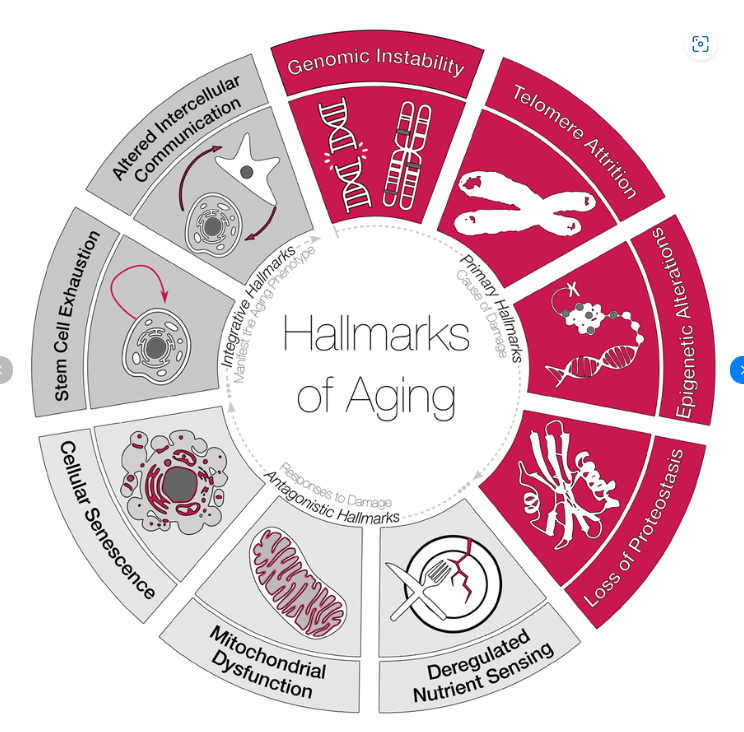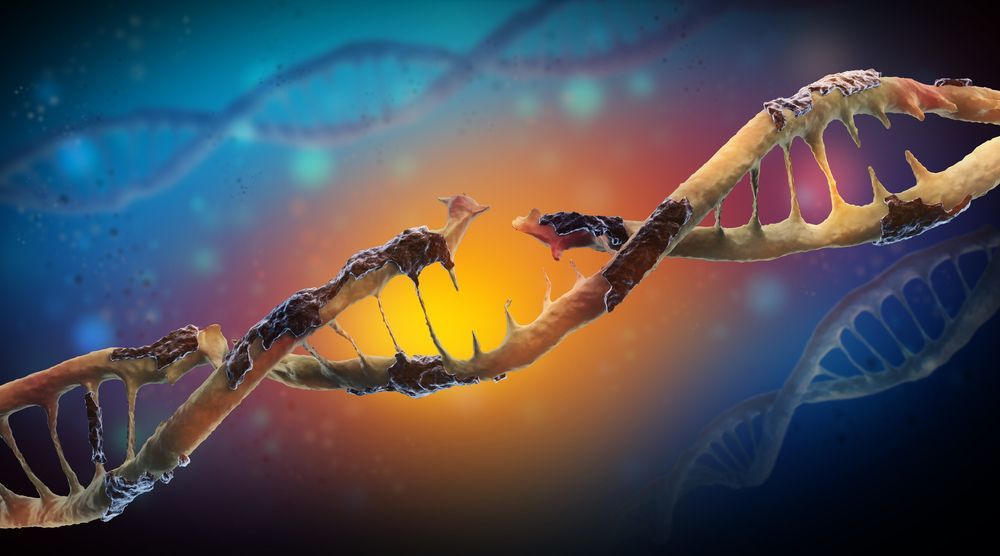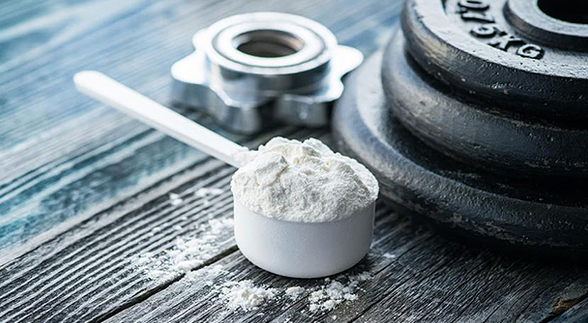The 9 Hallmarks of Aging
Understanding that aging is caused by specific changes in our bodies — called ‘hallmarks’ — can help us better understand how to slow down or even reverse age-related diseases.

Aging as a Disease, not a Natural Process: What would that mean?
The concept of aging being considered a disease rather than the natural process, as it has been for centuries, is gaining traction in the scientific community. Most people associate aging with wrinkles, gray hair, and other physical changes, but there is much more to it beneath the surface. Understanding that aging is caused by specific changes in our bodies — called ‘hallmarks’ — can help us better understand how to slow down or even reverse age-related diseases. The Hallmarks of Aging are all a set of biological changes that occur as we age.
Let’s take a look at each one briefly:
Hallmark 1: Genomic Instability
This refers to damage to our DNA that accumulates over time and can lead to mutations and cellular dysfunction. Our DNA is constantly under attack from environmental agents like radiation, volatile organic compounds and oxidative stress. The accumulation of mutations in our genes over time can lead to diseases such as cancer. Genomic instability increases with age, and the cells become less effective at repairing damage done to them by these factors. As we age, our cells can no longer handle the demand for repairs to our DNA, thus can lead to uncontrolled expression or mutation in our DNA.
As mentioned, external factors like contaminants in our environment and radiation causes damage but also internal factors like errors when DNA is replicated, oxidative stress, and left over cell information or fragments.
Hallmark 2: Telomere Attrition
Telomeres are the protective caps located at the end of each chromosome that help protect our genetic data from damage or alteration. However, with each cell division, telomeres become shorter and eventually lose their ability to protect our DNA strands. This leaves us more susceptible to age-related diseases like cardiovascular disease, diabetes, and stroke.
To exacerbate this process, a variety of factors such as chronic stress, smoking, and poor nutrition can accelerate this process. Additionally, since they continue to get shorter, they limit their capacity to replenish the body with new cells, as older cells die. Without sufficient telomere length, cells may become senescent or undergo programmed cell death (apoptosis)
Hallmark 3: Epigenetic Alterations
Aging is also associated with changes in our metabolism, which we can all relate to. But gaining a few pounds isn't the bigger concern here. In fact, metabolic alterations can increase the risk of chronic disease. These include changes such as an increase in fat storage, insulin resistance, and hormonal imbalances. All of these contribute to aging and may lead to health conditions such as obesity, diabetes, heart disease, and even some forms of cancer.
Additionally, the body’s ability to repair and detoxify itself decreases with age, making it more difficult for cells to function properly. Our genes can be turned on or off by chemical modifications to DNA or histones. Epigenetic changes are influenced by a wide range of environmental and lifestyle factors, such as diet, exercise, and exposure to stress and toxins.
Hallmark 4: Loss of Proteostasis
Proteostasis refers to the balance between proteins produced in our cells and proteins that are broken down or removed as waste products. The Loss of Proteostasis refers to the gradual decline in our ability to break down and recycle proteins, which can lead to the build-up of toxic protein aggregates. With age, proteostasis is disrupted and more proteins accumulate, which can lead to inflammation and other negative outcomes.
How our biological systems can deteriorate quickly.
Just to quickly note at this point: as each of the Hallmarks becomes more prevalent in an aging organism, the compounding affect can cause deterioration of our stable biological systems. When these systems are slowly compromised or become less efficient, there is a cumulative result. The primary hallmarks (red) are responsible for initial cellular damage which manifests the antagonistic hallmarks (white) as a response to mitigate that damage. Together, these hallmarks contribute to the manifestation of the integrative hallmarks (grey) which, ultimately, are responsible for the aging phenotype.

Hallmark 5: Mitochondrial Dysfunction
Mitochondria are the energy-producing powerhouses of our cells, but they can become damaged over time and contribute to cellular dysfunction and aging. With age, mitochondria become less efficient at producing energy and they also produce more free radicals – molecules that can damage other molecules and cells. This disruption can lead to decreased cellular energy levels, and increased risk and frequency of cell death. If cells are dying faster than programmed, you can see how that "clean up" can overwhelm another process like Proteostasis.
Mitochondria are the energy-producing powerhouses of our cells, but they can become damaged over time and contribute to cellular dysfunction and aging. Mitochondria can be damaged by oxidative stress, exposure to toxins, and genetic mutations.
Hallmark 6: Cell Senescence
Cell senescence is a state in which cells stop dividing but don't die, rather they are "stuck" in an inactive state. These cells are no longer able to divide or repair themselves, which can lead to a decrease in tissue function and increase the risk of age-related diseases. Cellular senescence can be caused by exposure to DNA damage and other forms of cellular stress, including metabolic stress and inflammation.
Hallmark 7: Dysregulated Nutrient Recognition
Our ability to sense and respond to nutrients like glucose and amino acids can become impaired with age, leading to metabolic dysfunction and increased risk of diseases like diabetes. Nutrient sensing pathways play a crucial part in modulating our metabolism, energy levels, and development.
Clincal studies have revealed that the insulin pathway we all have is a direct influencer in the regulation of aging and age-related disease. The dysregulation of nutrient sensing can be caused by factors such as obesity, sedentary lifestyle, and chronic inflammation.
Final Two Hallmarks that Manifest Themselves

Hallmark 8: Altered Intercellular Communication
Intercellular communication occurs between different types of cells when they send signals through . With age, these signals become weakened due to changes in cell structure, leading to miscommunication between cells and ultimately decreased tissue function.
Our cells communicate with each other through various signaling pathways, but these pathways like hormones or cytokines (secreted proteins), can become disrupted with age, leading to decreased tissue repair and increased risk of diseases. Cell structures that are weakened cannot communicate correctly or efficiently, thus leading to decreased tissue function.
This hallmark can be caused by changes in the levels of signaling molecules, inflammation, and other environmental and genetic factors that influence cell signaling. Some examples might be slower reaction times, delays in recognition of common items or persons, and trying to remember locations of everyday items.
Hallmark 9: Stem Cell Exhaustion
Stem Cell Exhaustion, refers to a type of cell becoming what it needs to be, as the body needs it to be, running out. This situation leaves the body in a vunlerable state due to its limited ability to repair itself. "Stem cells have the remarkable potential to renew themselves. They can develop into many different cell types in the body during early life and growth." [1]
As we age, the number and function of our stem cells - which can regenerate damaged tissues - declines, leaving us less able to recover from injury or disease. The decline in stem cell function with age can be due to a variety of factors, including reduced expression of key genes and loss of contact with the supportive niche cells in which stem cells reside.
As nuanced, the inability for our bodies to recover or repair themselves can build into a complex set of complications that will aggravate a less severe condition, into a severe condition. Stem cells and their potential therapy, promise to extend our health spans, not simply our life spans.
Concluding Remarks:
Overall, these original 9 hallmarks may explain some of the biological processes behind aging. Although much more research needs to be done, these hallmarks provide an interesting insight into the complex biological mechanisms that drive aging and its related diseases. By gaining a deeper understanding of these hallmarks, scientists may be able to develop strategies for attenuating the aging process or even reversing it in some cases.
With advances in medical research and technology, there is much hope that one day we will be able to gain greater control over how we age and how our bodies respond to age-related changes. Until then, it is important to ensure that you are living a healthy lifestyle and maintaining good health in order to delay some of the effects of aging as long as possible. Taking care of your body today can help you enjoy life better tomorrow!




